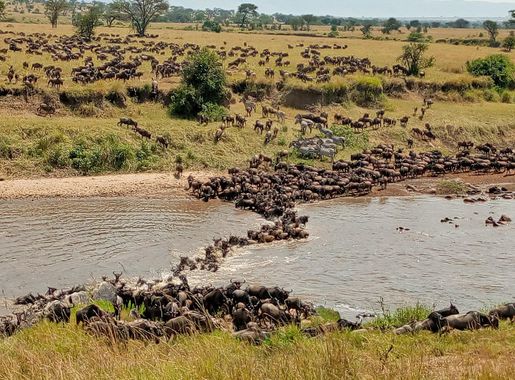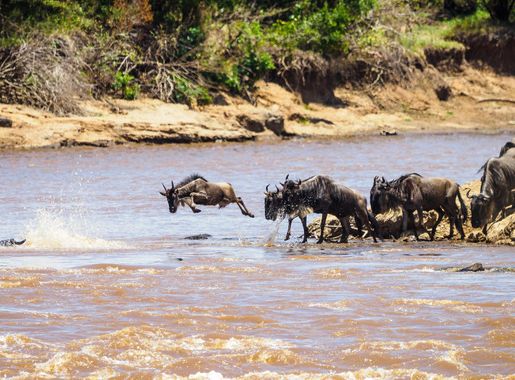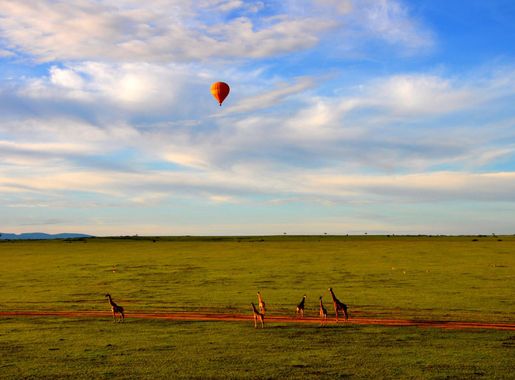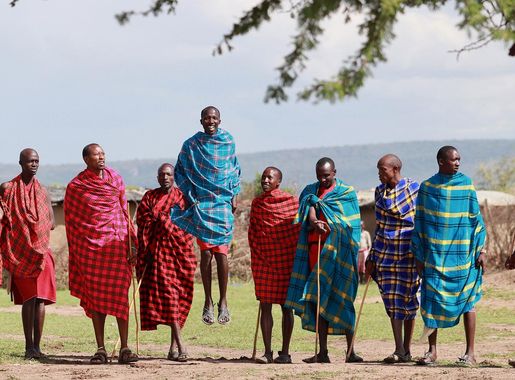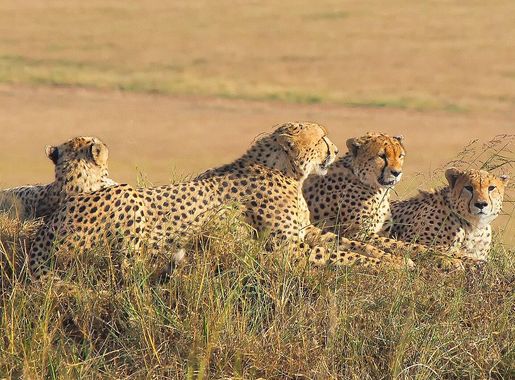
The Majestic Maasai Mara: Kenya's Crown Jewel
Experience the wonder of the Great Migration, witness the Big Five, and immerse yourself in Maasai culture at Kenya's Maasai Mara National Reserve.
The Maasai Mara National Reserve in Kenya is one of Africa's most iconic wildlife reserves. Renowned for its stunning landscapes, it offers visitors the chance to witness the Great Migration, where millions of wildebeest, zebras, and gazelles journey across the plains. This natural spectacle, which happens between July and October, is a must-see for any wildlife enthusiast. The Maasai Mara is not only about the migration. The reserve is home to the Big Five - lions, leopards, elephants, rhinos, and buffaloes. The sight of a lion pride lounging in the sun or a herd of elephants marching across the savannah is unforgettable. Bird watchers will also be delighted with over 450 species of birds, including the striking African fish eagle and the colorful lilac-breasted roller. Cultural interactions with the Maasai people add another layer of richness to your visit. The Maasai are known for their distinctive customs, dress, and vibrant traditions. Visiting a Maasai village provides a unique opportunity to learn about their way of life and experience their hospitality. Whether you're on a game drive, a balloon safari, or an immersive cultural tour, the Maasai Mara promises an adventure of a lifetime.
Local tips in Maasai Mara National Reserve
- Visit between July and October for the best chance to see the Great Migration.
- Pack light, breathable clothing and a hat to protect against the sun.
- Bring binoculars and a good camera for wildlife viewing and photography.
- Stay in a tented camp or lodge to experience the reserve's natural beauty up close.
- Book a hot air balloon safari for a unique perspective of the landscape and wildlife.
- Respect local customs and ask for permission before taking photos of the Maasai people.
The Majestic Maasai Mara: Kenya's Crown Jewel
The Maasai Mara National Reserve in Kenya is one of Africa's most iconic wildlife reserves. Renowned for its stunning landscapes, it offers visitors the chance to witness the Great Migration, where millions of wildebeest, zebras, and gazelles journey across the plains. This natural spectacle, which happens between July and October, is a must-see for any wildlife enthusiast. The Maasai Mara is not only about the migration. The reserve is home to the Big Five - lions, leopards, elephants, rhinos, and buffaloes. The sight of a lion pride lounging in the sun or a herd of elephants marching across the savannah is unforgettable. Bird watchers will also be delighted with over 450 species of birds, including the striking African fish eagle and the colorful lilac-breasted roller. Cultural interactions with the Maasai people add another layer of richness to your visit. The Maasai are known for their distinctive customs, dress, and vibrant traditions. Visiting a Maasai village provides a unique opportunity to learn about their way of life and experience their hospitality. Whether you're on a game drive, a balloon safari, or an immersive cultural tour, the Maasai Mara promises an adventure of a lifetime.
When is the best time to go to Maasai Mara National Reserve?
Iconic landmarks you can’t miss
Mara Triangle
Explore the breathtaking Mara Triangle, a national reserve in Kenya, known for its incredible wildlife and stunning landscapes, perfect for unforgettable safaris.
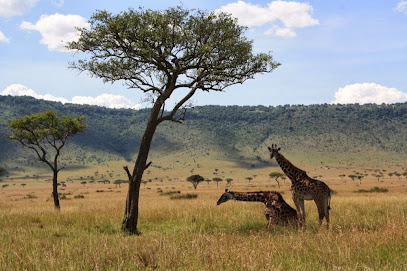
Maasai Mara tours and safaris
Explore the breathtaking Maasai Mara National Reserve, a wildlife haven renowned for the Great Migration and rich Maasai culture.
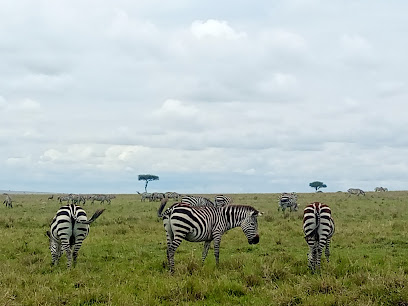
Maasai Mara
Experience the untamed wildlife and breathtaking landscapes of Maasai Mara, a premier national reserve in Kenya known for the Great Migration.
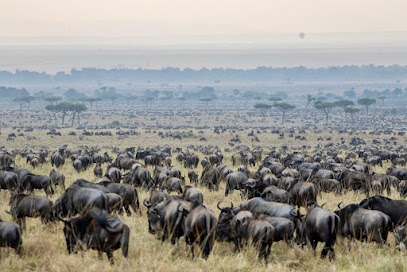
Masai Mara
Experience the breathtaking wildlife and stunning landscapes of Masai Mara, Kenya's premier national park, home to the magnificent Big Five.
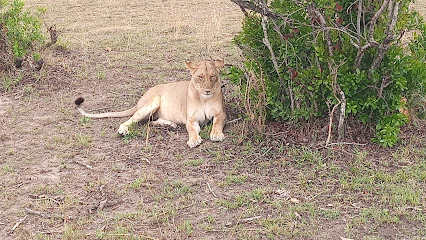
Unmissable attractions to see
Naboisho Conservancy
Experience the unparalleled beauty and wildlife of Naboisho Conservancy, a hidden gem in Kenya's Maasai Mara ecosystem.

Mara North Conservancy
Explore the breathtaking Mara North Conservancy in Kenya, a wildlife haven offering unforgettable safari experiences and stunning natural beauty.
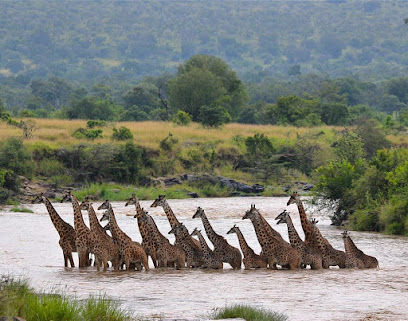
Olare Orok Conservancy
Discover the rich biodiversity and breathtaking landscapes of Olare Orok Conservancy, a premier wildlife refuge in Kenya's Maasai Mara region.
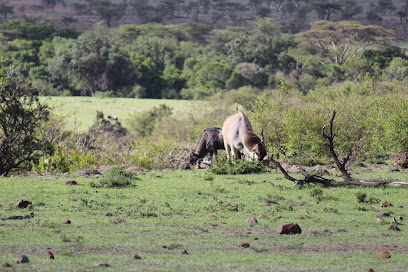
Maasai Mara tours and safaris
Discover the breathtaking Maasai Mara National Reserve, home to the Big Five and the Great Migration, a must-visit for every wildlife enthusiast.
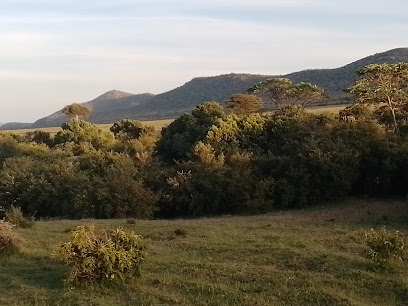
Mara Siligi Camp
Experience the breathtaking beauty and vibrant wildlife at Mara Siligi Camp, a unique nature preserve and tranquil retreat in Kenya's Maasai Mara.
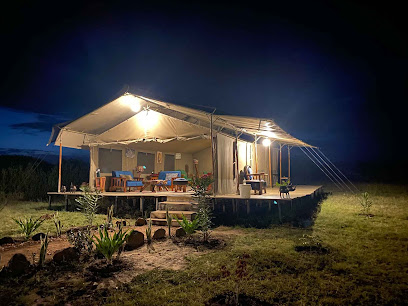
Lookout hill
Discover the breathtaking views and serene ambiance at Lookout Hill in Serena, a must-visit tourist attraction for nature lovers and adventure seekers.
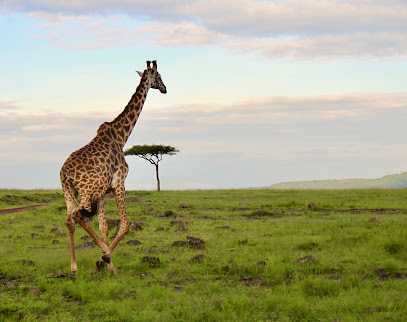
House in the Wild
Discover the luxury of nature at House in the Wild, a premier eco-lodge in Kenya's Enonkishu Conservancy, where adventure and tranquility meet.

Masai Mara National Reserve Talek Gate
Explore the mesmerizing wildlife and stunning landscapes of Masai Mara National Reserve, a premier destination for adventure and natural beauty in Kenya.
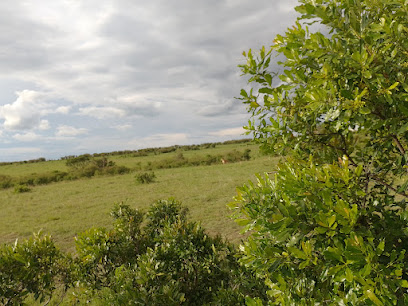
Masai village
Discover the vibrant traditions and unique culture of the Masai people in their authentic village atmosphere, nestled in Kenya's breathtaking landscapes.
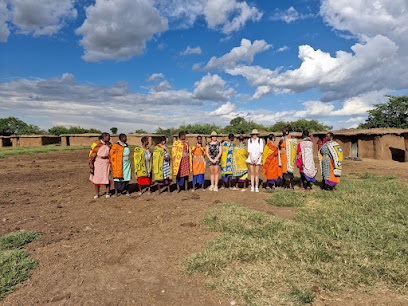
Kenya TZ border point Maasai Mara
Explore the spectacular Maasai Mara at the Kenya-Tanzania border, a haven for wildlife enthusiasts and adventure seekers alike.
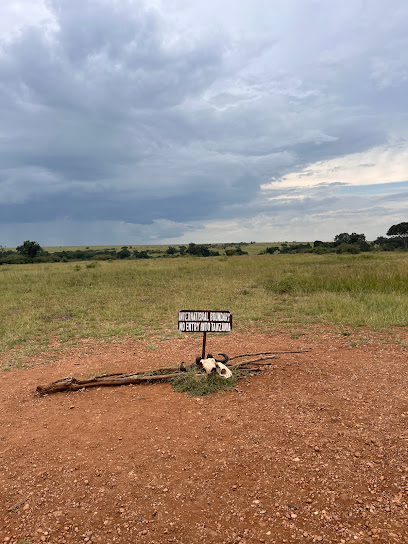
Safari picnic tree
Discover the tranquility of the Safari Picnic Tree in Sekenani, Kenya, where nature meets gourmet picnicking in a stunning African landscape.
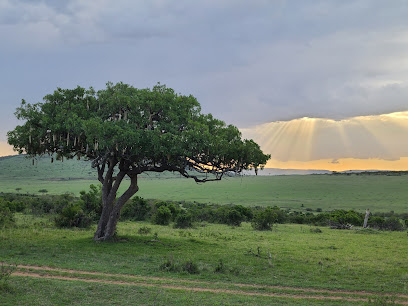
Masai Mara
Explore the unparalleled wildlife and dramatic landscapes of Masai Mara National Reserve, a premier safari destination in Kenya.
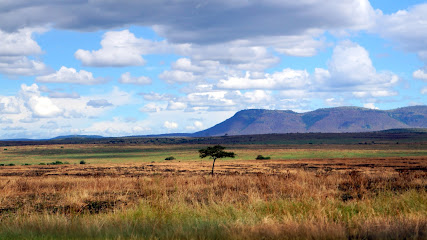
Osidai Mara Camp
Discover the untamed beauty of Maasai Mara at Osidai Mara Camp, where luxury meets adventure in the heart of Africa's wilderness.
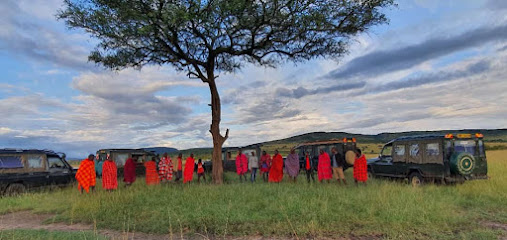
Sala's Hill
Explore the breathtaking beauty of Sala's Hill in Keekorok, a serene tourist attraction perfect for nature lovers and adventure seekers.

Roan Hill
Explore Roan Hill, a serene tourist attraction in Keekorok, Kenya, offering stunning views, hiking trails, and a rich tapestry of wildlife.

Essential places to dine
Maasai Beach Bar & Restaurant
Discover the flavors of Mombasa at Maasai Beach Bar & Restaurant – where culinary excellence meets stunning ocean views.
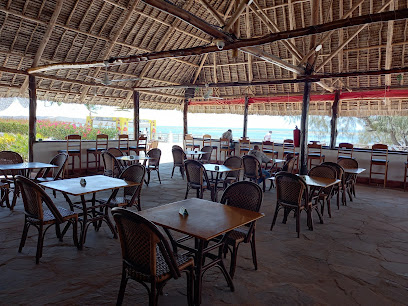
Mara Triangle
Discover the breathtaking landscapes and vibrant wildlife of Mara Triangle in Kenya – an unforgettable safari adventure awaits!
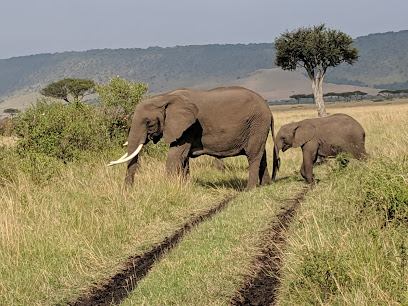
Sarova Mara Game Camp - Safari Lodge in Kenya
Discover unparalleled luxury and thrilling wildlife adventures at Sarova Mara Game Camp in Kenya's iconic Maasai Mara National Reserve.

Mara Serena Safari Lodge
Discover luxury and adventure at Mara Serena Safari Lodge amidst Kenya's majestic Maasai Mara Game Reserve.

Mara Sopa Lodge
Discover unparalleled comfort amidst breathtaking landscapes at Mara Sopa Lodge near Masai Mara National Reserve.

Ashnil Mara Camp
Discover luxury and adventure at Ashnil Mara Camp in Maasai Mara National Reserve – where nature meets elegance amidst breathtaking wildlife.
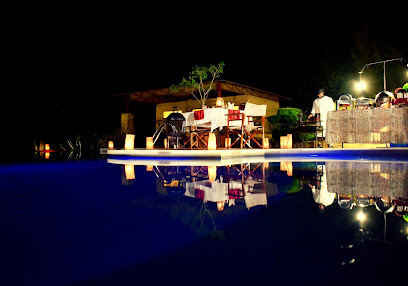
Fairmont Mara Safari Club
Discover luxurious accommodation in Masai Mara National Reserve with breathtaking wildlife experiences at Fairmont Mara Safari Club.

andBeyond Kichwa Tembo Tented Camp
Discover luxury amidst nature at andBeyond Kichwa Tembo Tented Camp in Masai Mara - an unforgettable safari experience awaits.

AA Lodge Masai Mara
Discover luxury amidst nature at AA Lodge Masai Mara - your gateway to unforgettable safari experiences in Kenya's iconic wilderness.
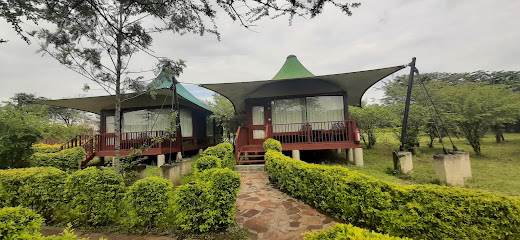
Mara Leisure Camp
Discover luxury in nature at Mara Leisure Camp, your gateway to unforgettable safaris in Masai Mara National Reserve.

G & G Hotel
Discover comfort and convenience at G & G Hotel in Talek, your perfect base for exploring the stunning Maasai Mara National Reserve.

Olare Mara Kempinski Masai Mara
Discover unparalleled luxury and adventure at Olare Mara Kempinski Masai Mara, where stunning wildlife encounters meet exquisite comfort.

andBeyond Bateleur Camp
Discover unparalleled luxury at andBeyond Bateleur Camp in Masai Mara National Reserve – where adventure meets elegance amidst stunning wildlife.
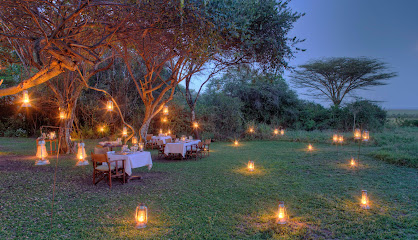
Maasai Mara Junction
Discover authentic Kenyan cuisine at Maasai Mara Junction in Narok – where every meal is a celebration of local flavors.
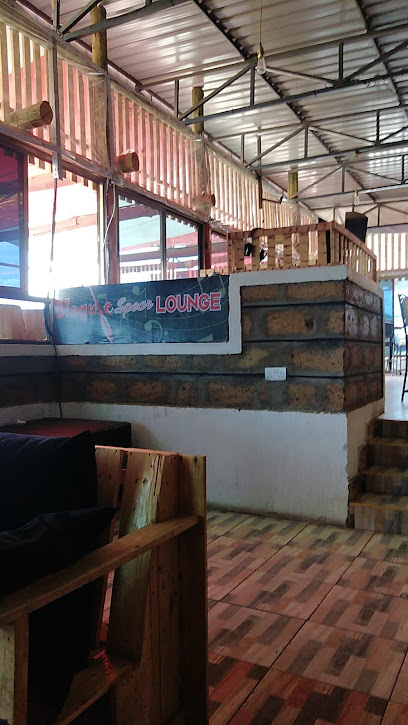
Spirit of the Masai Mara
Discover luxury and adventure at Spirit of the Masai Mara – where wildlife encounters meet cultural richness in Kenya's breathtaking landscape.
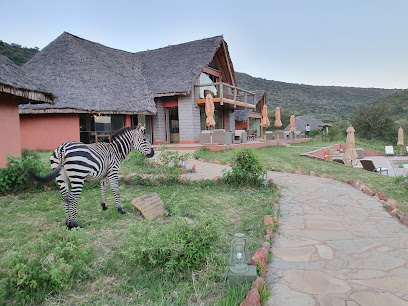
Markets, malls and hidden boutiques
Village Market
Discover the vibrant Village Market in Nairobi, where shopping, dining, and culture come together in an unforgettable experience.
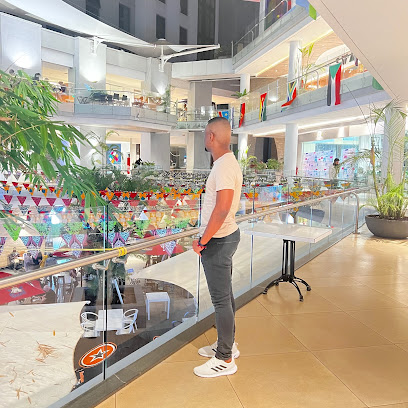
Maasai Market
Explore the Maasai Market in Nairobi: A colorful handicraft fair showcasing authentic Kenyan culture and unique artisanal treasures.
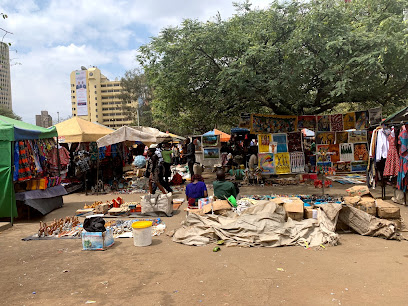
Maasai Mall
Discover Maasai Mall in Ongata Rongai - a vibrant shopping center with local flair, dining, and entertainment for an unforgettable experience.
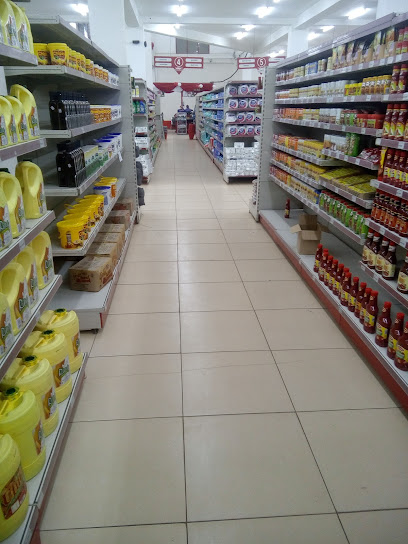
Maasai Mara National Reserve
Experience the majestic beauty and vibrant wildlife of Maasai Mara National Reserve, a premier destination for safari lovers and nature enthusiasts alike.
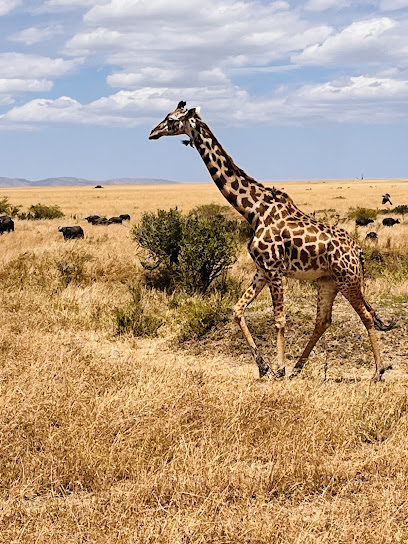
Mara Triangle
Explore the breathtaking beauty and wildlife of Mara Triangle, a premier national reserve in Kenya, home to the Great Migration and the Big Five.

Mara Serena Safari Lodge
Immerse yourself in the wild beauty of the Maasai Mara at Mara Serena Safari Lodge, where luxury meets adventure.

Mara Sopa Lodge
Discover the beauty of Masai Mara at Mara Sopa Lodge, a tranquil haven blending luxury and nature for an unforgettable safari experience.

Ashnil Mara Camp
Discover the ultimate luxury safari experience at Ashnil Mara Camp, where comfort meets the wild beauty of Maasai Mara.

Sekenani town
Discover Sekenani Town, a vibrant shopping destination in Mara Simba, showcasing local crafts, unique souvenirs, and a taste of authentic Kenyan culture.
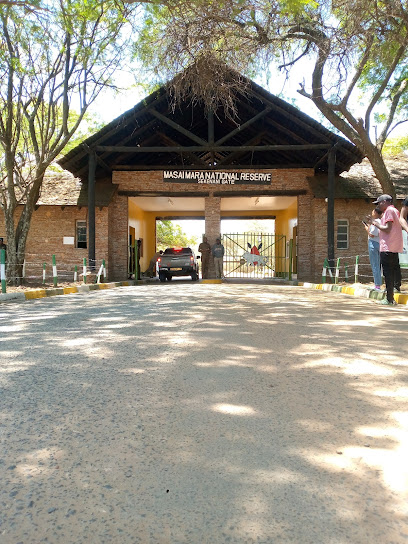
Spirit of the Masai Mara
Discover the Spirit of the Masai Mara: A serene lodge in the heart of Kenya’s wildlife, offering luxury, adventure, and cultural engagement.
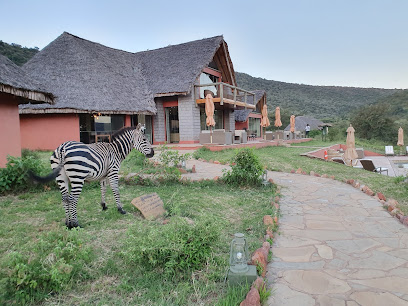
Retailer and general supplier of BIDCO PRODUCTS.
Explore the vibrant supermarket in Lolgorien, your go-to destination for BIDCO products and local shopping experiences.
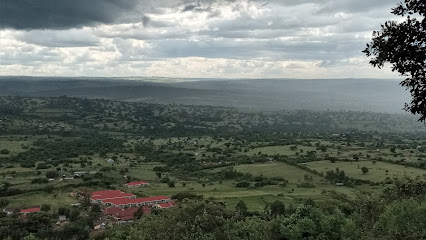
Ishara Mara
Discover the enchanting Ishara Mara Lodge in Masai Mara, where luxury meets the wild for an unforgettable safari experience.
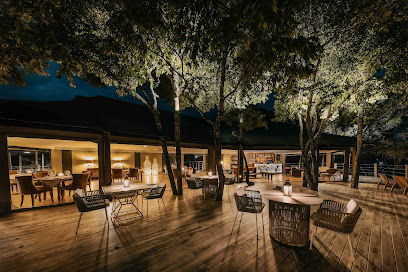
Maasai Mara
Discover the breathtaking beauty of Maasai Mara National Reserve, a wildlife paradise and cultural gem in Kenya, perfect for adventure seekers.
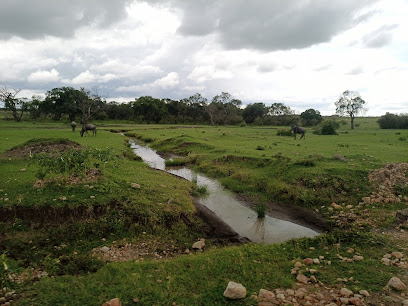
Masai Village Lenard House
Discover the vibrant culture and artisanal crafts at Masai Village Lenard House, a must-visit shopping destination in Kenya.
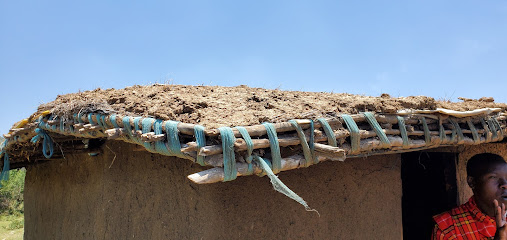
Sand Grouse Curios and Art Gallery
Explore the vibrant Sand Grouse Curios and Art Gallery for unique souvenirs and local art that embody the spirit of Kenya.
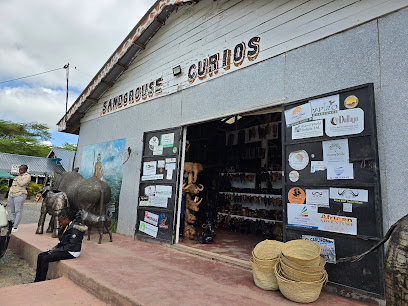
Essential bars & hidden hideouts
Maasai Beach Bar & Restaurant
Enjoy exquisite Kenyan cuisine and stunning beach views at Maasai Beach Bar & Restaurant in Mombasa, a perfect spot for relaxation and culinary delights.

Sarova Mara Game Camp - Safari Lodge in Kenya
Discover the ultimate safari experience at Sarova Mara Game Camp, where luxury meets the wild in the heart of Maasai Mara.
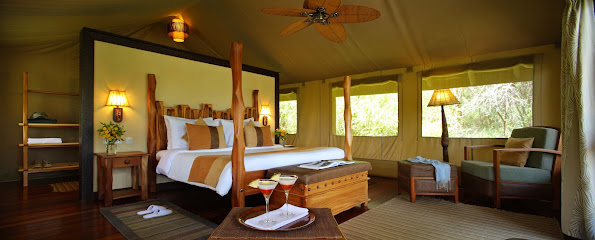
Mara Sopa Lodge
Immerse yourself in the beauty of Masai Mara at Mara Sopa Lodge, a perfect blend of comfort and wilderness adventure.

Fairmont Mara Safari Club
Discover luxury and adventure at Fairmont Mara Safari Club in the heart of the Masai Mara, where wildlife encounters and exquisite dining await.

AA Lodge Masai Mara
Discover the perfect blend of nature and cuisine at AA Lodge Masai Mara, where every meal is a celebration of flavors amidst stunning views.
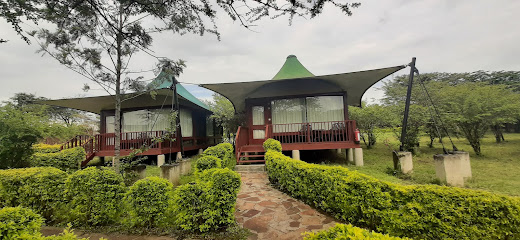
Mara Leisure Camp
Discover unparalleled luxury at Mara Leisure Camp in the Masai Mara National Reserve, where nature and comfort meet for an unforgettable experience.

Olare Mara Kempinski Masai Mara
Discover the perfect blend of luxury and wildlife adventure at Olare Mara Kempinski Masai Mara, your gateway to the stunning beauty of the African savannah.

Mara Maisha Camp
Experience the magic of the Maasai Mara at Mara Maisha Camp, where adventure and luxury meet in the heart of Kenya's wildlife paradise.

Maasai Mara Junction
Experience the vibrant flavors of Kenya at Maasai Mara Junction, a culinary gem near the iconic Maasai Mara wildlife reserve.
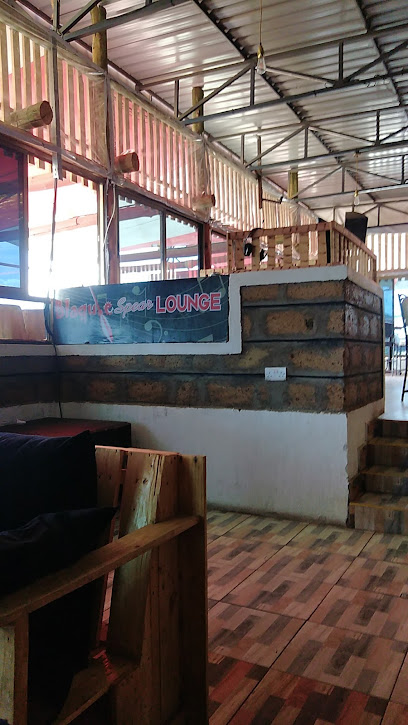
Spirit of the Masai Mara
Discover the magic of wildlife and culture at Spirit of the Masai Mara, your luxurious retreat in the heart of Kenya's breathtaking landscape.
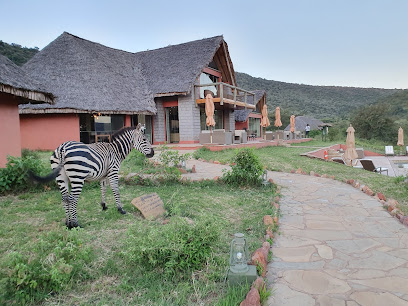
Aruba Mara Camp & Safaris
Discover the beauty of the Maasai Mara with thrilling safaris and authentic East African cuisine at Aruba Mara Camp & Safaris.
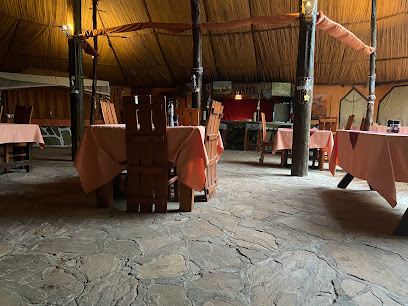
Towfiq Lodges &restaurant
Discover Towfiq Lodges & Restaurant in Talek, a delightful culinary retreat offering local flavors in a serene and picturesque setting.

Whiterose lounge And Restaurant
Experience the vibrant atmosphere and diverse menu at Whiterose Lounge and Restaurant in Nyangusu, where local flavors meet international delights.
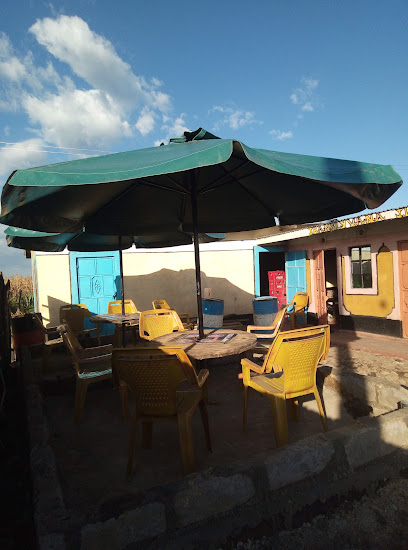
Queens Lounge
Experience authentic Kenyan cuisine at Queens Lounge in Talek, where local flavors and warm hospitality meet in a vibrant dining atmosphere.
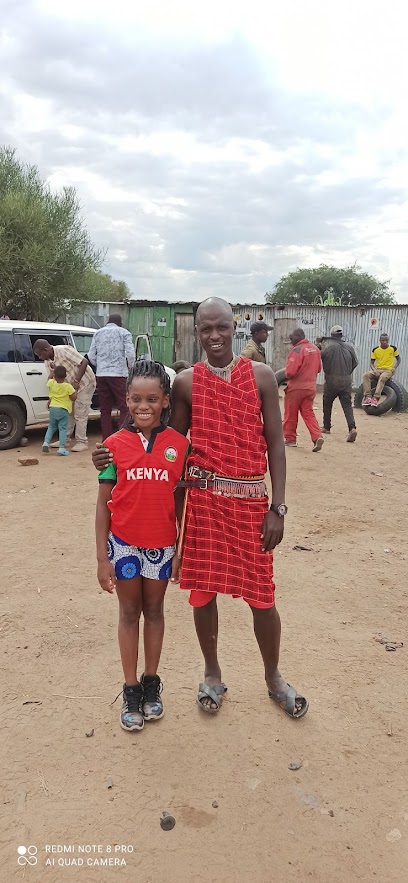
kiango threeways bar&restaurant
Discover the essence of local culture at Kiango Threeways Bar & Restaurant, where delicious food and refreshing drinks await every traveler.

Local Phrases about Maasai Mara National Reserve
-
- HelloSupa
[soo-pah] - GoodbyeNasitie
[nah-see-tee-eh] - YesEe
[eh] - NoAai
[ah-eye] - Please/You're welcomeO-lé-ngai
[oh-lay-ngai] - Thank youAshe
[ah-sheh] - Excuse me/SorryIsioki
[ee-see-oh-kee] - How are you?O-leye?
[oh-lay-yeah] - Fine. And you?Nasitie. O-leye?
[nah-see-tee-eh. oh-lay-yeah] - Do you speak English?O-lé oleng' English e?
[oh-lay oh-leng-guh English eh] - I don't understandEng'ere o-le enkai
[eng-eh-reh oh-lay en-kai]
- HelloSupa
-
- I'd like to see the menu, pleaseO-nirro olkeri, o-lé ng'waki
[oh-nee-roh ol-keh-ree, oh-lay ngwah-kee] - I don't eat meatEng'are ntekei
[eng-ah-reh en-teh-kay] - Cheers!O-leepei!
[oh-lay-pay] - I would like to pay, pleaseO-nirro o-lé ng'waki
[oh-nee-roh oh-lay ngwah-kee]
- I'd like to see the menu, pleaseO-nirro olkeri, o-lé ng'waki
-
- Help!O-lepo!
[oh-lay-poh] - Go away!O-lor!
[oh-lohr] - Call the Police!O-nirro olmare kajiado!
[oh-nee-roh ol-mah-reh kah-jee-ah-doh] - Call a doctor!O-nirro olmare olturu!
[oh-nee-roh ol-mah-reh ol-too-roo] - I'm lostEng'are o-leyiani
[eng-ah-reh oh-lay-yah-nee] - I'm illEng'are o-lonki
[eng-ah-reh oh-lohn-kee]
- Help!O-lepo!
-
- I'd like to buy...O-nirro o-lé enkare...
[oh-nee-roh oh-lay en-kah-reh] - I'm just lookingEng'are o-nkopu
[eng-ah-reh oh-n-koh-poo] - How much is it?Ngai ku-rap
[ngai koo-rah-p] - That's too expensiveEnkai o-loi
[en-kai oh-loh-ee] - Can you lower the price?O-nirro o-lé enkai ku-rap
[oh-nee-roh oh-lay en-kai koo-rah-p]
- I'd like to buy...O-nirro o-lé enkare...
-
- What time is it?Ngai ku enkai?
[ngai koo en-kai] - It's one o'clockInkairit ait
[een-kai-reet ait] - Half past (10)Inkairit ari
[een-kai-reet ah-ree] - MorningOlarisho
[oh-lah-ree-shoh] - AfternoonOlarok
[oh-lah-rohk] - EveningOlarab
[oh-lah-rahb] - YesterdayEsiet
[eh-see-yet] - TodayEnkare
[en-kah-reh] - TomorrowEnkaare
[en-kah-ah-reh] - 1Ait
[ait] - 2Ari
[ah-ree] - 3Aituni
[ait-oo-nee] - 4Ainep
[ai-nep] - 5Ainai
[ai-nai] - 6Ainono
[ai-noh-noh] - 7Ainaipei
[ai-nai-pay] - 8Ainaini
[ai-nai-nee] - 9Ainairoi
[ai-nai-roy] - 10Ainkumi
[ain-koo-mee]
- What time is it?Ngai ku enkai?
-
- Where's a/the...?Ere a/the...?
[eh-reh a/the...] - What's the address?Ere inkishu?
[eh-reh een-kee-shoo] - Can you show me (on the map)?O-nirro o-lé esiamai (osakiamu)?
[oh-nee-roh oh-lay eh-syah-my (oh-sah-kyah-moo)] - When's the next (bus)?Enkai ekasemeri (emanyatta)?
[en-kai eh-kah-seh-meh-ree (eh-man-yah-tah)] - A ticket (to ....)Esiamai (ek...)?
[eh-syah-my (ehk...)]
- Where's a/the...?Ere a/the...?
History of Maasai Mara National Reserve
-
Long before the Maasai people arrived, the Maasai Mara region was home to diverse groups of hunter-gatherers. Archaeological findings suggest that these early inhabitants lived in harmony with the land, using its rich resources for survival. Stone tools and other artifacts unearthed in the area provide a glimpse into their lives and interactions with the environment.
-
The Maasai people, a Nilotic ethnic group, began migrating to the Maasai Mara region around the 17th century. They are believed to have originated from the lower Nile Valley, moving southwards into Kenya and Tanzania. The Maasai established their presence with a semi-nomadic lifestyle, relying heavily on cattle herding, which remains central to their culture and economy today.
-
During the late 19th and early 20th centuries, the Maasai Mara region came under British colonial rule. The colonial administration implemented policies that significantly altered land use and ownership. Large tracts of Maasai land were designated as game reserves and hunting grounds for European settlers, leading to displacement and disruption of traditional Maasai life.
-
The Maasai Mara National Reserve was officially established in 1961 as a wildlife sanctuary to protect the region's rich biodiversity. Initially, it covered only a small area but was expanded over the years. The reserve was named after the Maasai people and the Mara River, which traverses the region. The establishment of the reserve marked a turning point in wildlife conservation efforts in Kenya.
-
The Maasai Mara is world-renowned for the Great Migration, an annual event where over two million wildebeest, zebras, and other herbivores migrate from Tanzania's Serengeti to the Maasai Mara in search of greener pastures. This natural phenomenon, often referred to as one of the 'Seven Wonders of the Natural World,' has been a crucial part of the ecosystem for centuries and attracts thousands of tourists each year.
-
In recent decades, there has been a growing emphasis on conservation and the involvement of the local Maasai community in the management of the reserve. Various initiatives have been launched to promote sustainable tourism, protect wildlife, and ensure that the Maasai people benefit from the tourism industry. Community conservancies have been established around the reserve, providing a model for balancing conservation with the needs and rights of the indigenous population.
-
Despite its success as a premier wildlife destination, the Maasai Mara faces several modern challenges, including poaching, human-wildlife conflict, and environmental degradation. Efforts are ongoing to address these issues through stricter anti-poaching laws, community education programs, and sustainable land management practices. The goal is to preserve the unique heritage and natural beauty of the Maasai Mara for future generations.
Maasai Mara National Reserve Essentials
-
Maasai Mara National Reserve is located in the southwest of Kenya. The nearest international airport is Jomo Kenyatta International Airport (NBO) in Nairobi. From Nairobi, you can take a domestic flight to Mara Serena Airport or Keekorok Airstrip, which are within the reserve. Alternatively, you can travel by road, which is approximately a 5-6 hour drive from Nairobi. Organized tours often provide transportation from Nairobi to Maasai Mara.
-
Within the Maasai Mara National Reserve, transportation options include safari vehicles, which are often provided by tour operators and lodges. Self-driving is possible but not recommended for first-time visitors due to the challenging terrain. For those staying at lodges, guided game drives are typically included in the package. Airstrips within the reserve facilitate quick travel between different parts of the Mara.
-
The official currency in Kenya is the Kenyan Shilling (KES). Credit cards are widely accepted in most lodges, camps, and larger establishments within the reserve. However, it is advisable to carry some cash for tips, market purchases, and smaller transactions. ATMs are available in larger towns outside the reserve, such as Narok, so withdrawing sufficient cash in Nairobi before heading to Maasai Mara is recommended.
-
Maasai Mara National Reserve is generally safe for tourists. However, it is important to take standard precautions. Avoid walking alone at night and always stay within the confines of the lodge or camp unless accompanied by a guide. Petty crimes such as pickpocketing can occur in crowded areas. Ensure your valuables are secure and be cautious when interacting with strangers.
-
In case of an emergency, lodges and camps usually have first aid kits and can assist in contacting medical services. The nearest medical facilities are in Narok town, which is about a 2-hour drive from the reserve. It is highly recommended to have travel insurance that covers medical emergencies and evacuation. For urgent assistance, contact your embassy or consulate in Nairobi.
-
Fashion: Do wear neutral-colored clothing suitable for safari, such as khakis and greens. Avoid bright colors that may attract wildlife. Religion: Do respect the local Maasai culture and traditions. Public Transport: Do use organized transportation provided by tour operators. Avoid hitchhiking or using unofficial transport. Greetings: Do greet people with a handshake. Learning a few phrases in Swahili or Maasai can be appreciated. Eating & Drinking: Do try the local cuisine offered at lodges and camps. Don't drink tap water; always use bottled or filtered water.
-
To experience Maasai Mara like a local, consider visiting a Maasai village to learn about their culture and way of life. Engage with the local community respectfully and consider purchasing handmade crafts directly from artisans. Early morning and late afternoon game drives offer the best opportunities to see wildlife. Always listen to your guide's advice to maximize your experience and safety.
Nearby Cities to Maasai Mara National Reserve
-
Things To Do in Naivasha
-
Things To Do in Nakuru
-
Things To Do in Nairobi
-
Things To Do in Eldoret
-
Things To Do in Mwanza
-
Things To Do in Arusha
-
Things To Do in Kitale
-
Things To Do in Jinja
-
Things To Do in Mbale
-
Things To Do in Moshi
-
Things To Do in Entebbe
-
Things To Do in Kampala
-
Things To Do in Bukoba
-
Things To Do in Singida
-
Things To Do in Masaka

